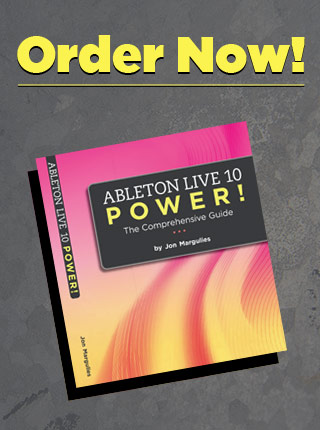If you’ve spent any time with Live’s Vocoder, you’ve probably noticed that in it’s default state, it tends to lend a snare drum like quality to anything it touches. That’s because it’s default carrier is Noise – a key component to any synthesized snare drum sound.
Unlike using a straight noise generator, however, the vocoder offers a bunch of unique controls for creating interesting sounds.
Often, I’ll take a synth percussion sound that I’ve made with Operator, then process it with the vocoder to bring out a snare-like quality. That’s just one option of course – you can try this out with any percussive sample or synthesis source as well.
A good place to begin shaping the sound is using the Bands control:
Bands determines how accurate the vocoder’s analysis of the incoming signal is. Lower values tend to produce a brighter, more obvious snare drum snap, while higher values can sound far more complex.
Next, take a look at the Range control.
This limits the range of frequencies that the vocoder responds to. In practice, you can use it to fine tune the frequency charactaristics of the sound. In the example above, I’ve made the frequency range slightly larger than the default (by brining the high range up to 15.1), resulting in a brighter sound.
Now you can do a little envelope shaping and mixing with the Release, Level and Dry/Wet controls.
Use Release to control the overall decay of the noise signal and Dry/Wet to blend it with the signal you’re processing. Level comes in handy to boost or cut the volume of the noise if you’re having a hard time getting the blend just right.
Good fun! In the next tip we’ll dig a little deeper.





